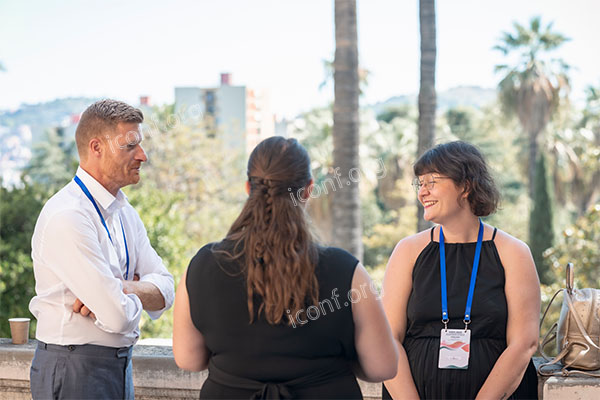Academic conferences are more than just platforms for presenting research—they are professional networking spaces where first impressions matter. For women attending these events, choosing the right outfit can help convey professionalism, confidence, and respect for the academic environment. Here's a comprehensive guide to dressing appropriately and comfortably for your next scholarly gathering.

Not all academic conferences are the same. Some are more formal, especially those held at universities, governmental venues, or major research institutions. Others, particularly workshops or student-led events, might be more relaxed.
Rule of thumb: When in doubt, dress one level more formal than you expect the average attendee to be.
For most academic settings, business casual to smart business attire is ideal. Consider the following wardrobe options:
Blazers: A well-fitted blazer adds immediate professionalism to any outfit. Choose neutral colors like black, navy, or beige.
Blouses and Tops: Opt for modest necklines and breathable fabrics. Avoid tops that are too sheer or overly embellished.
Trousers or Skirts: Tailored pants or knee-length skirts are appropriate. If you wear skirts or dresses, ensure they are comfortable for sitting through long sessions.
Dresses: Simple sheath or A-line dresses in muted tones work well. Add a cardigan or blazer to complete the look.
Shoes: Closed-toe flats or low-heeled pumps are ideal. Conferences often involve a lot of walking, so prioritize comfort.
Your outfit doesn’t end at clothing. Details matter:
Accessories: Keep it minimal—stud earrings, a simple watch, and a modest handbag are all suitable.
Makeup and Hair: Go for a natural look. Neat hair and subtle makeup give a polished impression.
Outerwear: Bring a lightweight trench coat or jacket if the venue is air-conditioned or located in a cooler region.
Avoid flashy prints, heavy perfumes, or distracting elements. The focus should remain on your presentation and research.
If the conference is international, be aware of cultural expectations:
In some countries, sleeveless tops or short skirts may be considered inappropriate.
In others, bright colors or bold patterns may be perfectly acceptable.
Researching the location and past event photos can give you clues about common dress norms.
If the event lasts several days:
Plan 2–3 interchangeable outfits that can be mixed and matched.
Pack a comfortable backup pair of shoes.
Bring a tote or backpack for carrying notes, laptop, or essentials between sessions.
Most importantly, make sure you feel confident and authentic in your outfit. A well-dressed appearance supports a strong academic voice.
Whether you're presenting your first paper or networking with senior researchers, dressing thoughtfully can enhance your professional image. To explore more tips on conference preparation and discover high-quality academic events, visit iconf.org—a trusted resource for researchers worldwide.